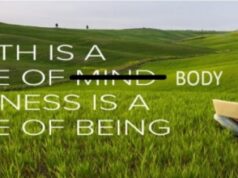There may be other fragments of ‘super-continent’ Gondwana scattered around under the sea, say researchers
The tropical island nation of Mauritius was formed from lava spewed by volcanoes over a period of about 9 million years. However researchers have recently identified a mineral that was several billion years old in rocks found on the popular tourist destination,.
Further investigation by a team of geologists led by South Africa’s University of Witwatersrand, concluded the island was actually sitting on top of an undiscovered fragment of the 200-million-year-old “super-continent” Gondwana, which split to form Africa, South America, Antarctica, India and Australia about 180 million years ago.
Thus Scientists have found a “lost continent” under the island of Mauritius in the Indian Ocean. The piece of crust, which was coated and concealed by the young lava, could be a tiny fragment which broke off from the island of Madagascar, said a paper, published in the Nature Communications journal.
“Earth is made up of two parts – continents, which are old, and oceans, which are ‘young’”, said Professor Lewis Ashwal. “On the continents you find rocks that are over four billion years old, but you find nothing like that in the oceans, as this is where new rocks are formed.”
He added: “Mauritius is an island, and there is no rock older than 9 million years old on the island. However, by studying the rocks on the island, we have found zircons that are as old as 3 billion years.”
Zircons are minerals that occur mainly in granites from the continents. They contain trace amounts of uranium, thorium and lead, and they are highly resilient, which means they contain a rich record of geological processes and can be dated extremely accurately.



